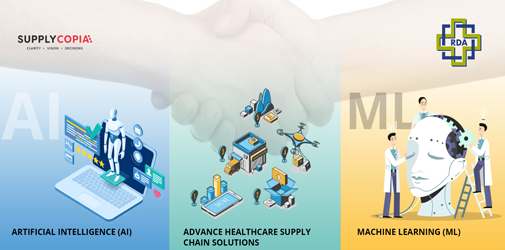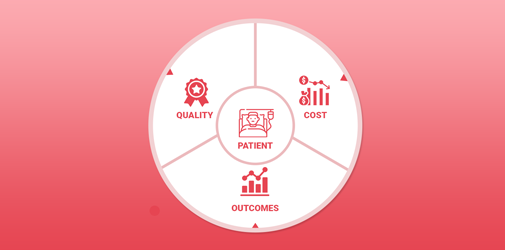ASHOK MUTTIN | JUNE 1, 2021
Improving Cost, Quality and Outcomes
(CQO) with a Rock-solid Bill of Materials (BOM)
by Ashok Muttin, CEO, SupplyCopia
If your hospital’s physician preference cards were the foundation for building an aircraft engine – would you fly in that plane?
Imagine you’re building an aircraft engine. You’ve got a comprehensive list of the thousands of parts required to construct it – from the fan blades that are measured in feet to hex nuts measured in inches.
Referred to as the Bill of Materials (BOM), this list is inherently comprehensive, containing all components for assemblies and subassemblies, and precise with the exact quantities of each specific component. An accurate BOM is key to standardization and repeatable outcomes.
Would you trust the integrity of your physician preference cards?
Think about your surgeons’ preference cards, which are a reasonable equivalent of the BOM in healthcare. Do they contain every element that surgeon needs to perform a specific procedure?
If we consider one specific procedure – total knee replacement as an example – would you feel confident that the combination of products on the preference card delivered the highest quality patient outcomes at the lowest costs?
Building a BOM in healthcare
Taking a lesson from the aircraft manufacturing industry, today SupplyCopia is leveraging artificial intelligence (AI) and machine learning (ML) to build a BOM for total knee cases where the specific combination of components – from the knee implant down to the number of sutures – can optimize CQO. (We’ve also done this for Cath Lab procedures. More to come on that topic soon!)
It’s a heavy lift – we’ve done all the required aggregation and analysis of supply chain, clinical, financial and quality data for each surgeon, procedure and patient – and in the end, a hospital can now have a BOM for total knee cases containing 90-95% of the required supplies. The process to take your hospital’s data and create this analysis exists today, and health systems are using it.
BOM as a driver for CQO: It’s all connected
In healthcare, maybe we won’t get to a 100% BOM. Unlike the aircraft industry, the human body is not a standard, static design. We have to consider a small amount of wiggle room for supply variation to account for differing patient conditions.
But once it’s established, you can use this data to set a standard for procedures, and make sure preference cards are up-to-date. Start with a BOM-based, standard surgery pack. Then look at individual physician variances and actual consumption. If Dr. A’s preference card lists X item, but in every case over the past 18 months he/she has not used this product, let’s remove it from the preference card so it is not picked for a case (only to be wasted or returned to inventory).
It’s also a great time to meet with your surgeons and work through the process for more procedure standardization.
From a forecasting/demand planning perspective, if you know 90-95% of the required supplies for a total knee case and see that you have 500 cases coming up in the next two months, you can calculate a pretty accurate cost for those procedures.
Use the BOM as a basis of comparison for billing. This standardized list of components can help ensure you don’t miss items when you submit patient bills for reimbursement. We’ve had examples from organizations who discovered a percentage of their bills for total knee replacements didn’t include the actual knee.
Take this information to your finance department, so they can compare anticipated supply costs to cash flow and make informed decisions on payables.
Using a standardized Bill of Materials for your service lines can help supply chain teams optimize negotiations, planning, procurement and inventory; help the OR team gain new efficiencies and spend less time on supply management; help finance plan cash flow. By taking this first step to standardize, the opportunities are endless.
Ready to start driving your CQO initiatives forward? SupplyCopia is ready to help. Reach out anytime — we’ll get right back to learn more about your current state of cost, quality and outcomes.
More from SupplyCopia



 ALL Solution
ALL Solution 

